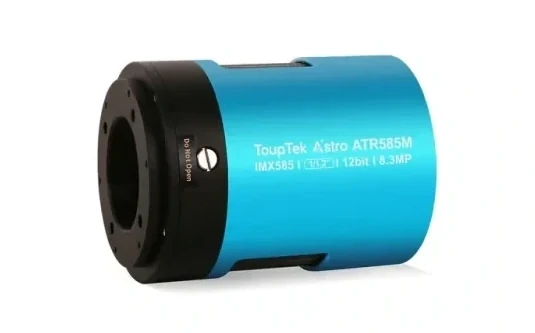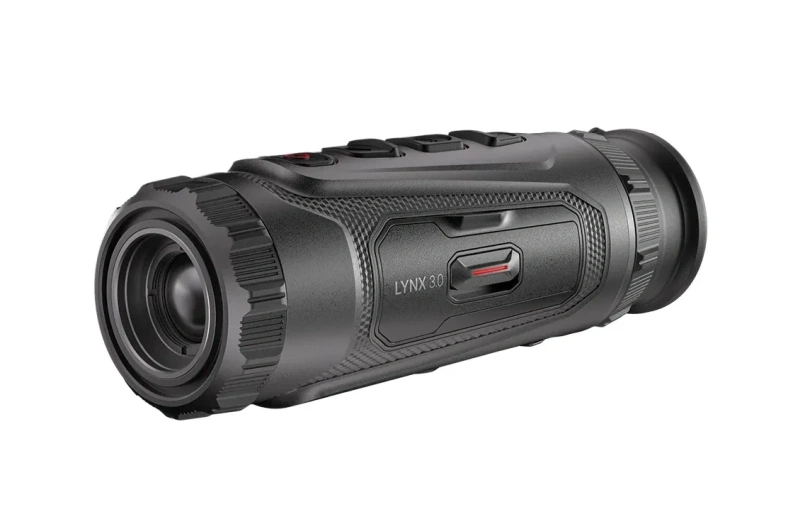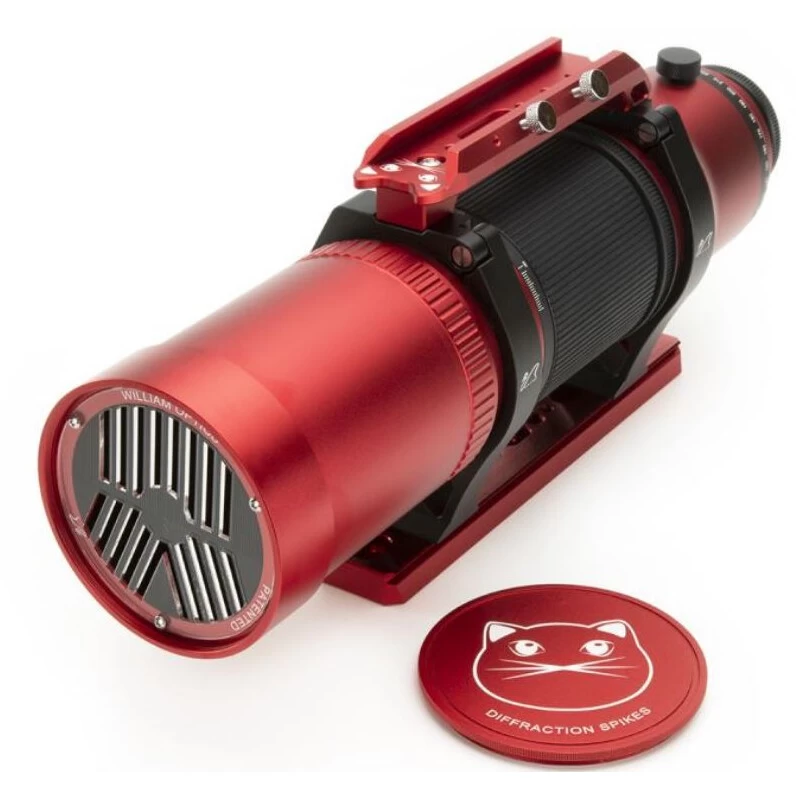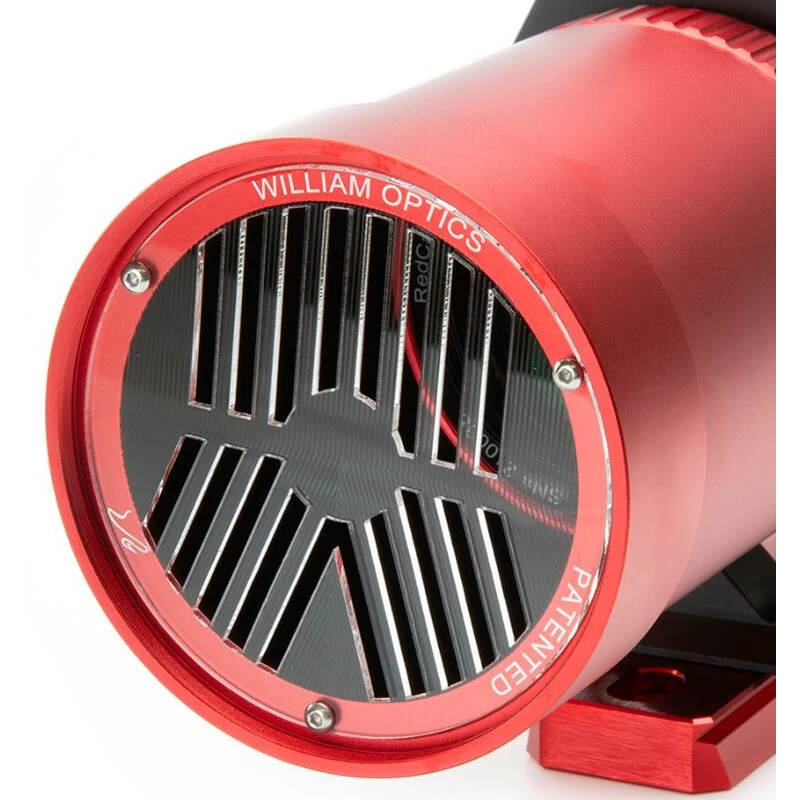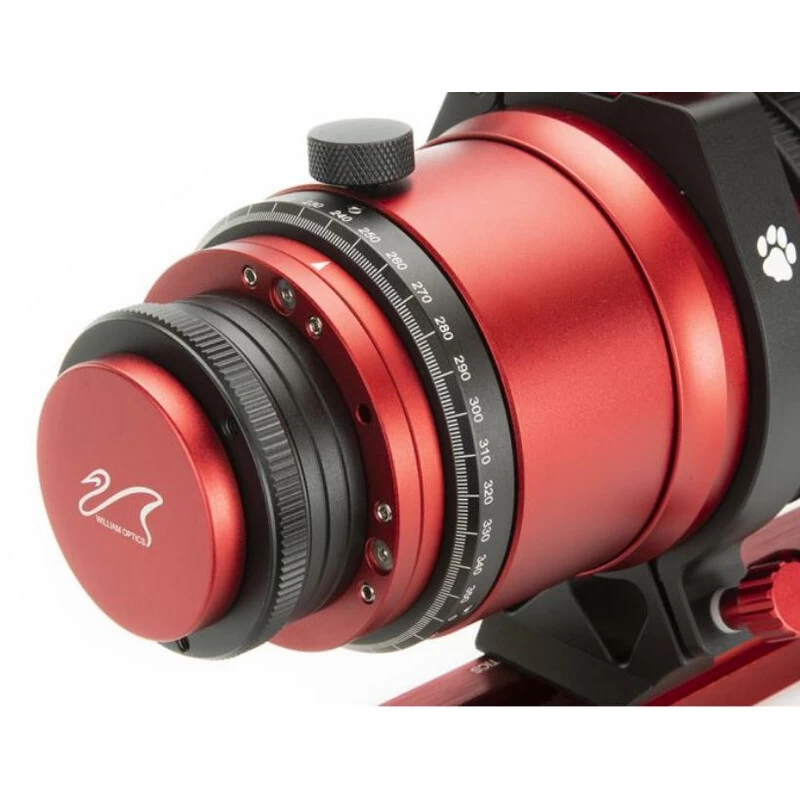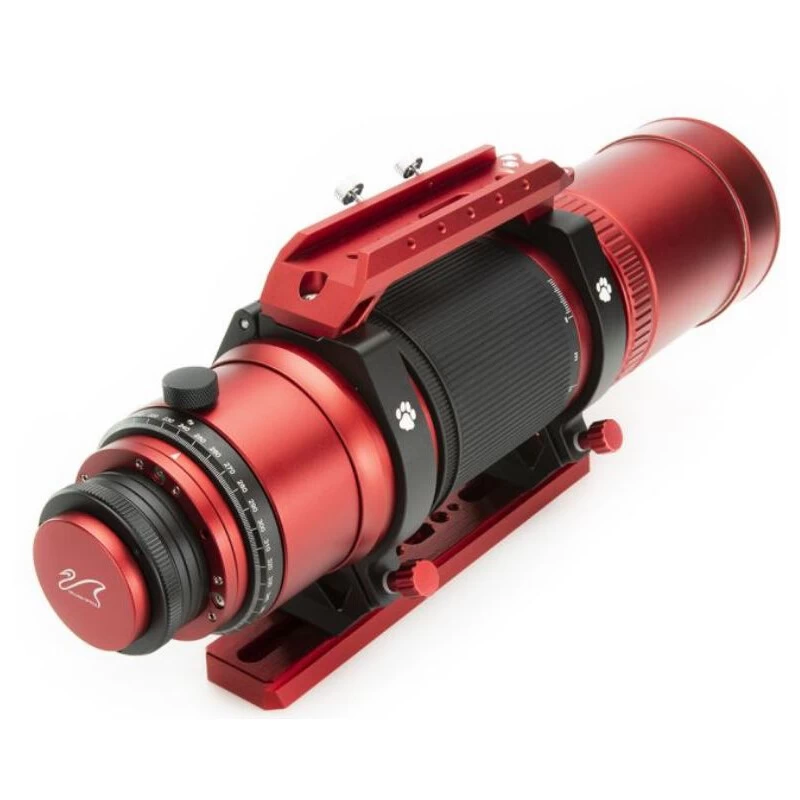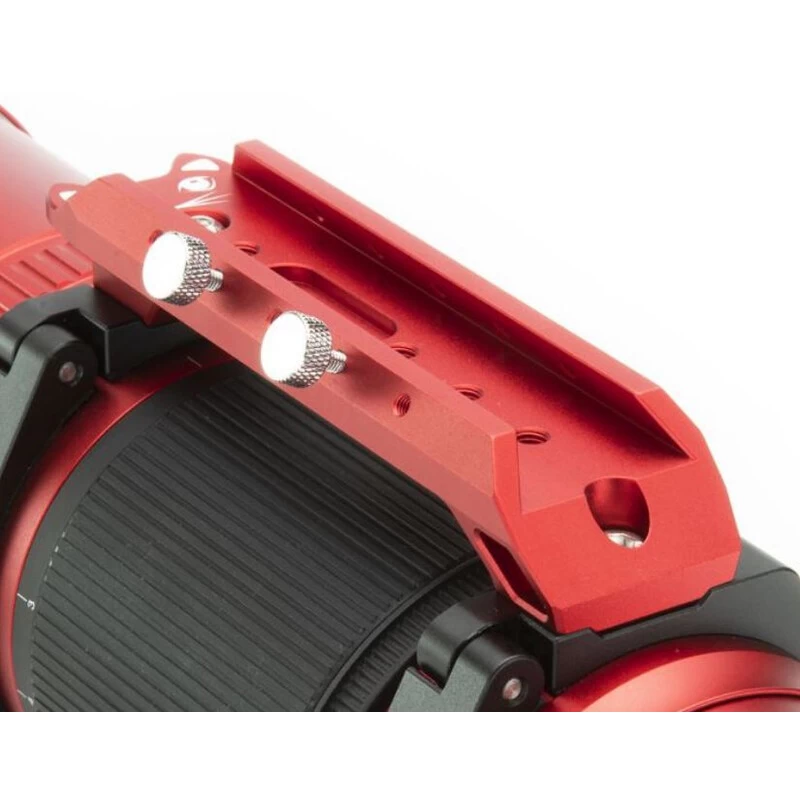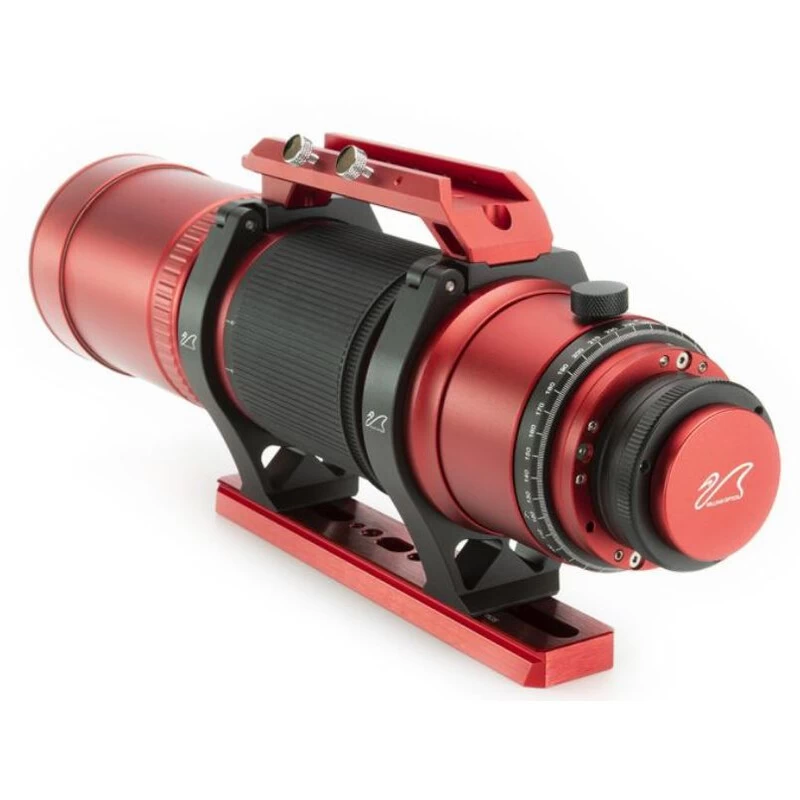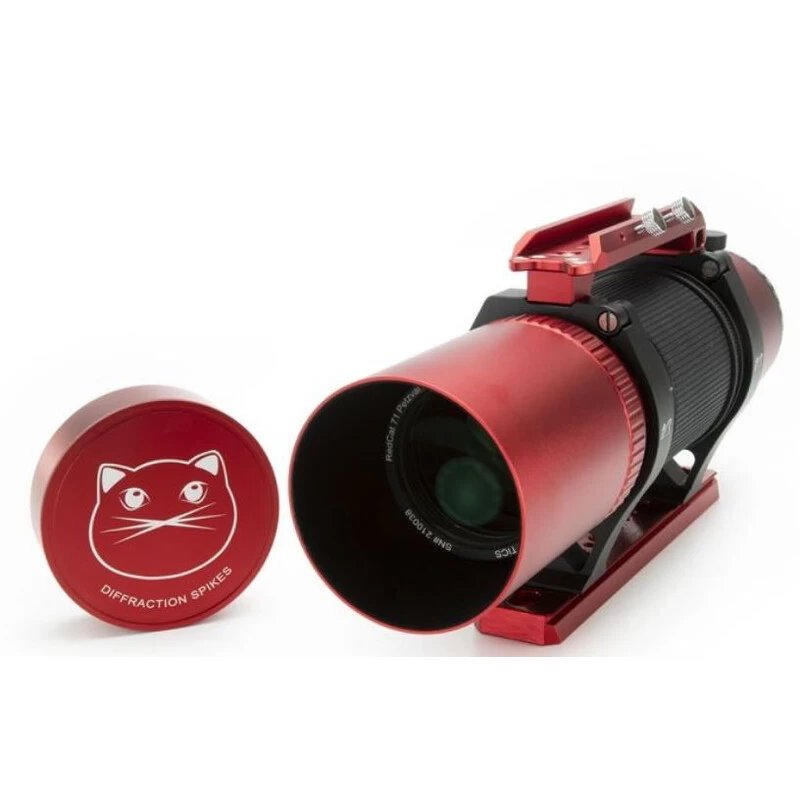The William Optics RedCat AP 71/350 APO refractor is a truly attractive "jewel", boasting not only professional imaging but also an eye-catching design, a true curiosity in its class. Its two main applications are astrophotography and nature photography.
Astrophotography has special criteria and high demands on optics, which the William Optics RedCat AP 71/350 APO refractor elegantly fulfils. The compact tube's Petzval system optics consist of four optical elements arranged in three groups, using high-quality FPL53 and FPL51 glass materials. Of course, the result is not lost. The entire field of view is flat all the way to the corners, so the optics work with point-like imaging at the edges of the image, while also performing impressively in terms of colour. It's perfect for astronomy cameras or full-frame DSLRs, as it can crop out a circle of more than 44mm in diameter! Being a true photographer's tool in terms of brightness, its F/4.9 offers short exposure times thanks to fluorite glass materials, combined with beautiful chromatic aberration-free imaging.
William Optics RedCat AP 71/350 APO refractor features helical helical focusing rings with ergonomic ribbed focus adjustment rings for smooth, slip-free focus adjustment. It can be used with an optional EAF motorised focus stop, all you need is a conversion kit. Precision focusing is aided by a Bahtinov mask built into the lens cap for astrophotography.
A rotational design M54 thread is provided at the end of the extension tube, with an M54-M48 threaded conversion adapter supplied by the manufacturer. A 2" filter can be mounted directly into the adapter.
The 210 mm long rail provides multiple mounting options, as it has a photo tripod threaded mount option, among others, in addition to the Vixen standard astronomical mechanics. For such a compact instrument, portability and protection are important, and a padded carrying case has been included to take this into account.
Not everyone may know it, but the origin of Petzval optics has a Hungarian connection, as the ancestor of this optical arrangement was József Petzval (1807.01.06-1891.09.17), an engineer-mathematician, university professor and inventor, and thus this optical arrangement is named after him.





